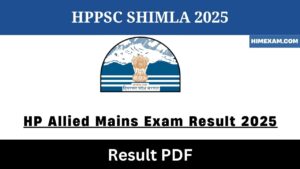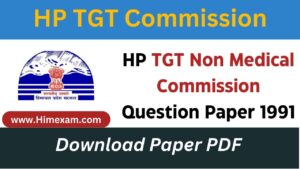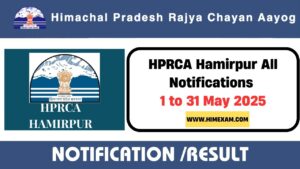Accounting Questions and Answers for Competitive Exams set-1
|| Accounting Questions Answers for Competitive Exams|| Accounting Questions and Answers for HPSSC JOA Accounts Accountant Exams||
1. In setting the accounts of a firm after its dissolution the assets of the firm shall be applied first in paying
(a) Each partner proportionately what is due to him on account of loans advanced by him
(b) Each partner proportionately what is due to him on account of capital
(c) Each partner proportionately what is due to him on account of past profits
(d) The debts of the firm to third parties
2. Capital employed in a business is Rs. 1,50,000, profits are Rs. 50,000 and the normal rate of profit
is 20%. The amount of goodwill as per capitalisation method would be
(a) Rs. 1,00,000
(b) Rs. 1,50,000
(c) Rs. 2,00,000
(d) Rs. 3,00,000
3. ‘A’ and ‘B’are sharing profits and losses in the ratio of 4:1 ‘C’ is admitted as a new partner for 1/ 3rd share of profits for which he pays Rs. 30,000 as goodwill. If A’and ‘B’agree to share future profits equally, then the amount of goodwill to be credited to ‘A’ would be
(a) Rs. 30,000
(b) Rs. 90.000
(c) Rs. 48,000
(d) Rs. 42,000
4. Assertion (A) : Share premium amount can be refunded in cash to equity share holders
Reason (R) • Share premium is usually collected when the market price of the shares is higher than the face value of the share
In the context of the above two statements, which one of the following is correct?
(a) Both A and R are true, but R is the correct explanation of A
(b) Both A and R are true, but R is NOT correct explanation of A
(c) A is true, but R is false
(d) A is false,but R is true
5. Match List I with List II and select the correct answer from the codes given below the lists:
List I (Item) List II (Nature of Item)
I. Cash A. Share holder’s equity
II. Profits B. Fixed assets
III. Discount on issue C. Current assets of shares
IV. Plant and machinery D. Fictitious assets
E. Intangible assets
Codes :
(a) I-B, II-E, III-A, IV-C
(b) I-C, II-A, III-D, IV-B
(C) I-C, II-D, III-D, IV-E
(d) I-A, II-C, III-D, IV-B
6. When a goodwill account is raised at the time of admission of a new partner, credit is given to old partners in their
(a) New profit sharing ratio
(b) Old profit sharing ratio
(c) Ratio of sacrifice
(d) Capital ratio
7. A and B were equal partners in a firm on 1.1.1982, they admitted C on the following conditions:
C should bring Rs. 10,000 as capital, and Rs. 5,000 as goodwill. In future A, B and C would share profits and losses in the ratio of 2: 1:2. A and B will share the goodwill in the ratio of
(a) 1:1
(b) 3:1
(c) 1:3
(d) 2:1
8. On 31st December 1982, the assets and liabilities of a firm were Rs. 40,000 and Rs. 30,000 respectively
The firm was dissolved and a sum of 60 paise in a rupee was paid to the creditors. What was the loss on realisation?
(a) Rs. 10,000
(b) Rs. 12,000
(c) Rs. 18,000
(d) Rs. 22,000
9. When an incoming partner purchases his share from one of the existing partners
(a) The total assets of the firm do not change.
(b) The assets of the firm will be augmented to the extent of the payment received from the new partner.
C) The assets of the firm will be augmented to the extent of the payment received from the new partner and existing partner with draws the share surrendered.
(d) The changes in the total assets of the firm will depend upon the structure of the assets.
10. While preparing the final accounts from incomplete records, the capital is to be taken as Equal to the
(a) Value of fixed assets.
(b) Total assets.
(c) Difference between the current assets and current liabilities.
(d) Net assets.









